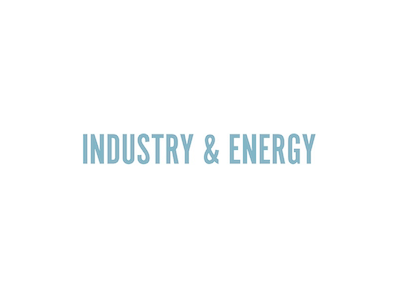Germany – Three players from completely different backgrounds have joined forces in the “Concrete Chemicals” project to make air transport possible even in a CO2-neutral world.
CEMEX, a global cement producer, ecoFT, a subsidiary of integrated chemical company Sasol, and renewable energy company ENERTRAG are planning to produce sustainable aviation fuel (SAF), which will help to decarbonize the cement industry.
The cement and aviation industries are widely regarded as the most difficult to reduce greenhouse gas emissions in. The international consortium lays the groundwork for CO2-neutral cement production by converting CO2 into SAF using hydrogen, providing an opportunity for CO2 reduction in both sectors.
SAF production
SAF is manufactured using a Power to Liquid (PTL) process, which requires the supply of a sustainable carbon feedstock, such as unavoidable industrial carbon dioxide sources, as well as the production of green hydrogen via electrolysis using renewable energy. The carbon and hydrogen are combined to produce synthesis gas, a mixture of carbon monoxide and hydrogen, which is then converted to longer chain hydrocarbons for the production of e-kerosene or SAF using the Fischer-Tropsch (FT) process.
In order to accomplish this, the three partners in Germany pool their technical expertise: ENERTRAG will generate green hydrogen solely from regional wind and solar power plants. CEMEX will capture on-site the CO2 produced during cement production, which is now a liability in a difficult-to-abate sector, and thus provide another raw material for the production of the SAF while reducing CO2 emissions. Sasol ecoFT will contribute its Fischer-Tropsch technology to the production of the SAF. The chemical properties of e-kerosene, such as composition and purity, will be certified for use in aircraft. Furthermore, the project partners intend for the e-kerosene to meet the EU RED II criteria, allowing it to be counted toward the greenhouse gas reduction quota as well as the mandatory minimum blending quota for PtL kerosene.
Stages
The project is divided into two stages of growth. Initially, hydrogen will be generated on-site using electricity generated by regional renewable energy plants. Thus, 15,000 tonnes of e-kerosene will be produced annually in the first phase. At the Rüdersdorf site, 100 tonnes of CO2 per day will be captured, combined with 12 tonnes of H2 per day, and used to produce PtL. The goal for the second stage is to receive larger amounts of hydrogen via pipeline. The green hydrogen will be produced as part of the ENERTRAG-IPCEI project “Electrolysis Corridor East Germany,” which will have a 210 MW electrolysis capacity and will allow for the annual production of 35,000 tonnes of e-kerosene fuel. In this project, only renewable electricity is used to produce 40 tonnes of green hydrogen per day. This necessitates an additional 300 tonnes of CO2 capture per day.
“Doing hydrogen”
Concrete Chemicals, like the Electrolysis Corridor Eastern Germany, is a joint project called “doing hydrogen.” Doing hydrogen covers all essential elements of an H2 value chain, from H2 production to transport and consumption, and thus connects H2 projects in Mecklenburg-Western Pomerania, Brandenburg, Berlin, Saxony, and Saxony-Anhalt.
The partners established “Concrete Chemicals GmbH,” which will carry out the ground-breaking project at the CEMEX site in Rüdersdorf, near Berlin. In the joint venture, all three companies are equal partners. The consortium is preparing funding applications for the project’s implementation, which will be announced at the European level.





